|
We know that androgenetic alopecia or male pattern baldness is the most common cause of hair loss, accounting for 95% of hair loss in men and women. But there are a variety of other causes for hair loss in men and women, a significant number of people experience hair loss related to traumatic events, lifestyle choices, and illnesses––this type of hair loss can be prevented and treated differently than hereditary hair loss.
Disease and Illness Hereditary and non-hereditary diseases can cause hair loss in both men and women. Diseases like diabetes, cancer, lupus and thyroid disorders can each cause significant loss of hair. Many people have experienced sudden and large amounts of hair loss 3 to 4 months after an illness or a major surgery. Fortunately, this hair loss is usually temporary, and is related to the stress of the illness. Poor nutrition Researchers have found that some hair loss may be due to a deficiency of protein or iron in your diet. Protein and iron are both vital for maintaining hair health. Be sure to eat a balanced diet and avoid nutrient deficiencies to ensure healthy hair growth. Medication Drugs designed to treat gout, arthritis, acne, depression, heart problems and blood pressure often cause hair loss in some people. It all depends on the way the drug interacts with your unique body chemistry. Medications can lead to two types of hair loss: Telogen effluvium and Anagen effluvium. Telogen effluvium is the most common form of drug-induced hair loss. It usually appears within 2 to 4 months after taking the drug. Anagen effluvium is hair loss that occurs during the Anagen phase of the hair cycle, when the hairs are actively growing. It prevents the matrix cells, which produce new hairs, from dividing normally. This type of hair loss usually occurs within a few days to weeks after taking the medication. It's most common in people who are taking chemotherapy drug. Childbirth/ Hormonal Changes Pregnancy and childbirth are traumatic events for the body. Like severe illness and surgery, childbirth alters regular chemical processes in the body. If you experience hair loss right before or after childbirth, your hair will likely return to normal growth patterns after your body completely recovers. Having an overactive or under active thyroid gland may cause your hair to fall out as well. Treating the thyroid will usually help the loss of hair. Hormones can also cause hair loss if male hormones (androgens), or female hormones (estrogens), are out of balance. However, if the hormone imbalance is corrected, the hair loss should stop. Aging Did you know that 40% of men have noticeable hair loss by age 35, and 65% by age 60? Aging is one of the factors necessary for androgenetic alopecia to occur, along with a genetic predisposition and the presence of hair loss-inducing hormones. Hair loss is dependent on exposing the vulnerable hair follicles to the proper hormones over time Improper Hair Care This could be due to our daily hair care methods, aggressive brushing, improper styling leading to hair suffocation, usage of heat devices and environmental conditions. You might use these techniques to improve your hair style and beauty, but some of them can be unhealthy for hair. As excessive styling that pulls the hair too tightly may also lead to a type of hair loss, called "traction alopecia." As long as this pulling is stopped before the scalp scars, the hair will grow back normally. But be warned, scarring can cause permanent hair loss. Stress It should be noted that stress-induced hair loss is not a cause of male-pattern baldness. Rather, this type of balding is known as "Telogen effluvium." Telogen effluvium is caused when the body senses a problem and diverts its energies there. This results in hair being shed. Stress affects the hair of men and women differently. It's been found that women's hair is more sensitive to stress' effects than men's hair. One possibility is that stress (along with DHT and other things) may facilitate hair loss for women who are genetically predisposed towards it In Conclusion The good news is all these causes are reversible with proper care and maintenance. When you come in and speak with our specialist we’ll be able to guide you in right direction and you’ll leave here knowing the potential for returning your hair to the look it was meant to have.
7 Comments
As the most diverse, charismatic, free runner / parkour athlete of his generation, Ryan has spent the past 8 years traveling the world as a Red Bull Athlete and working on action media projects that push the human body to it's limits. He's appeared on the National Geographic's Fight Science, The Late Night Show with Jimmy Fallon, The Ellen DeGeneres Show and won "Best International Series" at the YouTube Streamy Awards 2013, with the online viral series "Travel Story". Needing a hair effect that can keep up with his lifestyle, Ryan wears a hair system, only available through Hair Again's distributors. For a secure and undetectable look, whether he's free running through the streets or flipping into a pool, Ryan knows that his hair systems has no boundaries, allowing him to push his body to new limits.
Advanced Cyclical Dietary SupplementThe Australian manufacturers are not only TGA (Therapeutic Goods Administration of Australia) approved but also FDA and GMP certified. All products endure strict testing and quality control to secure the finished product is of the highest of standards. Hair loss is not a disease or sickness and cannot be cured with a few days of medication. We need to provide external stimulation and support with nutrition required for hair to respond positively. Just like washing your face and applying moisturizer, the concept is CARE not CURE. All growing cells require toxin free environments. Each hair follicle demands cell nutrition to ensure growth and strength. Hair Fact has been formulated specifically for the gender and targets the hair and scalp to ensure the correct levels of nutrients are prescribed. This is a holistic approach which utilizes Vitamins, Minerals, Amino Acids, Antioxidants and Herbal Combinations to strengthen the hair roots and promote hair growth. The Hair Fact supplement program provides 6 different oral supplements in a Cyclical Method, where each is given twice a week. It's More Than Just HereditaryFemale Program |
Author
Archives
February 2021
Categories |
Services
Platelet Rich Plasma Hair Therapy
Low Level Laser Hair Therapy (LLLT) Non Surgical Hair for Men Products |
|
© 2024 ALL RIGHTS RESERVED. Website by Predmore Design

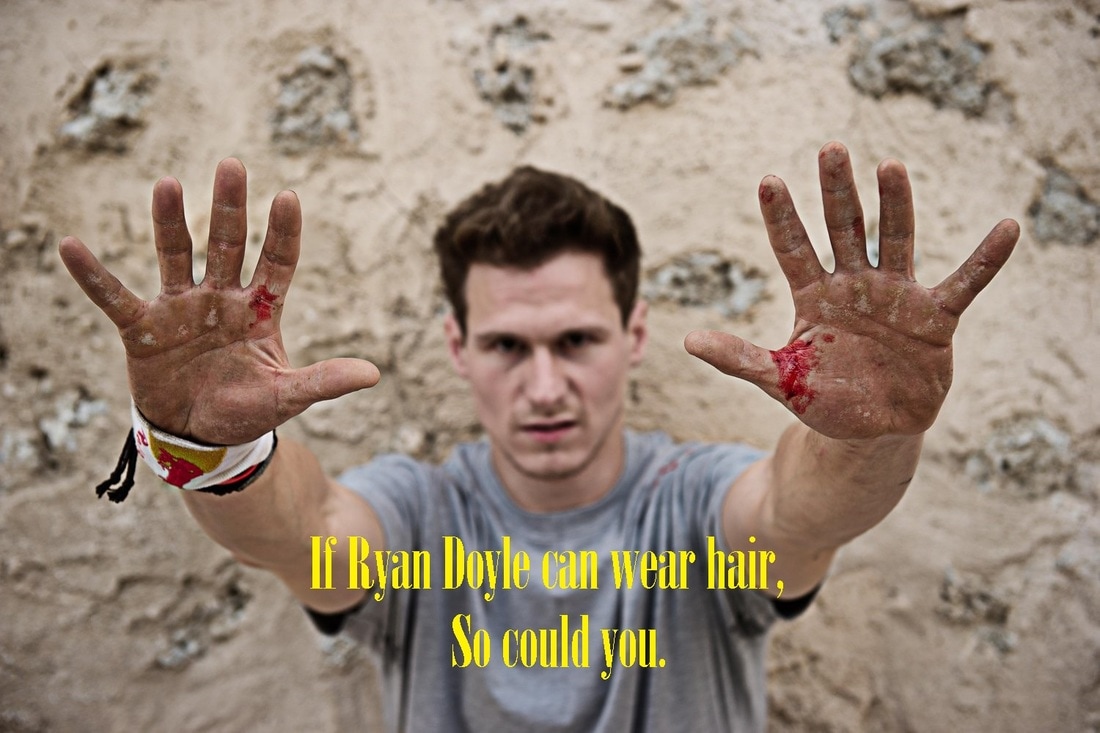
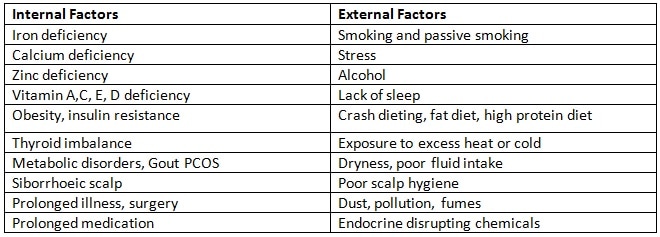
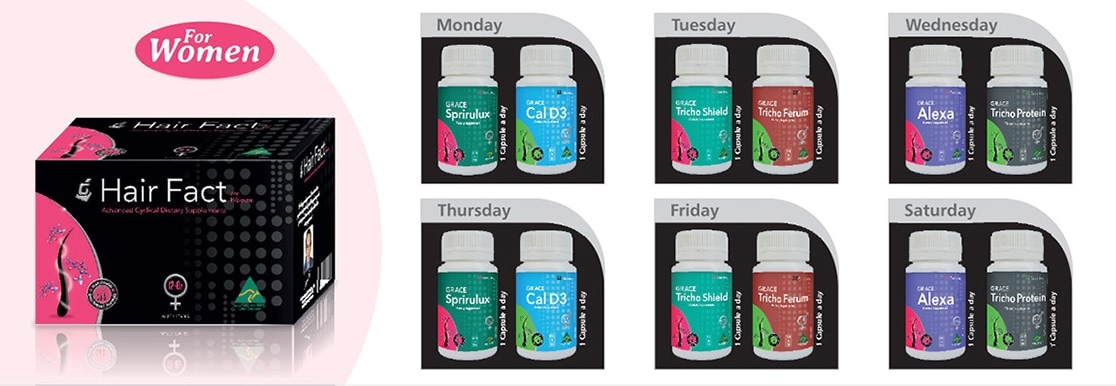
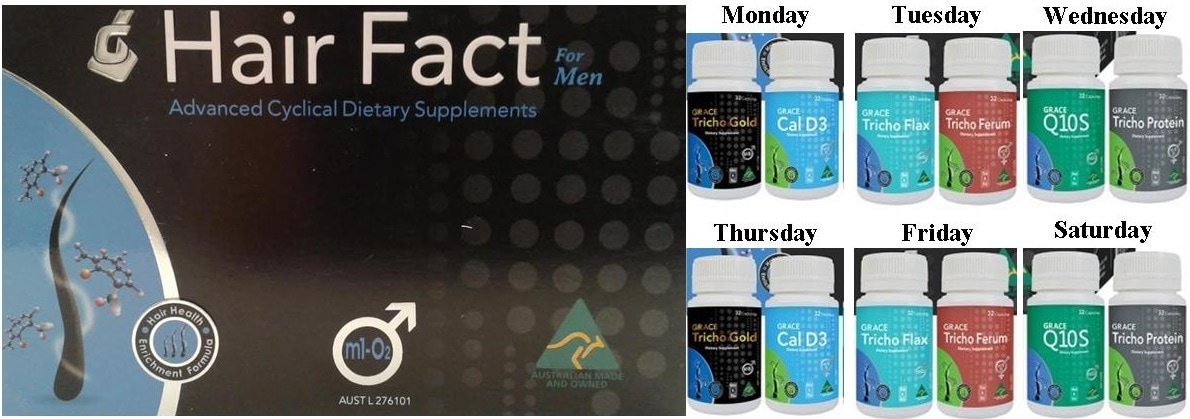
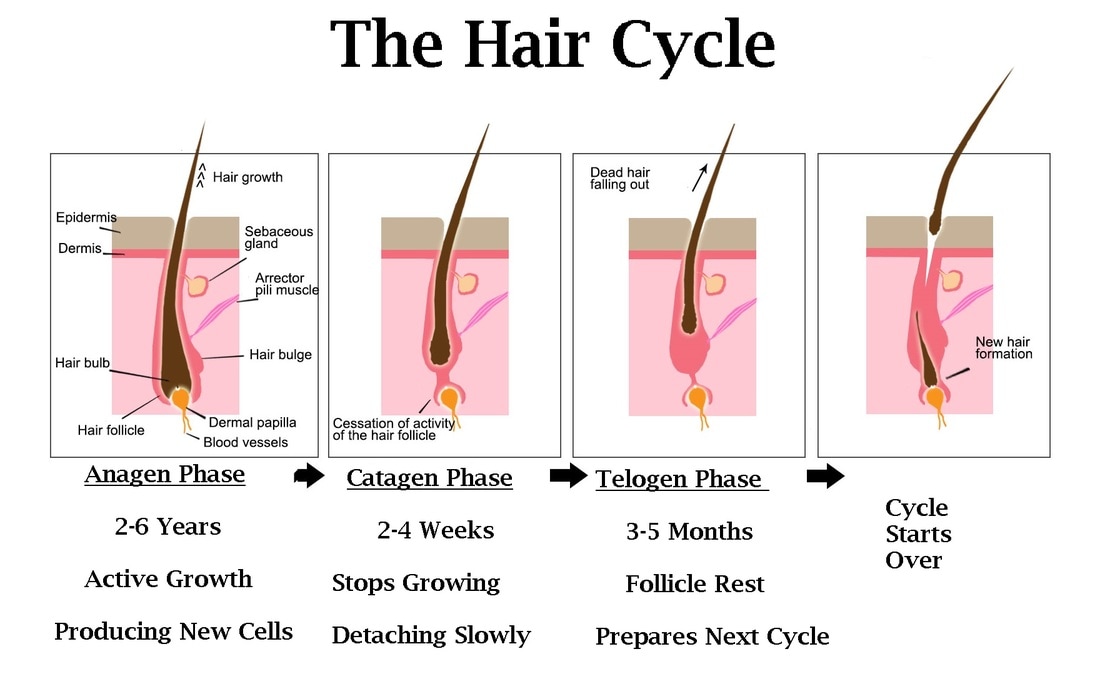
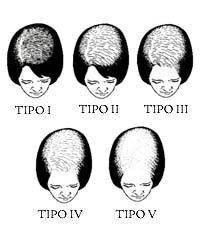
 RSS Feed
RSS Feed



